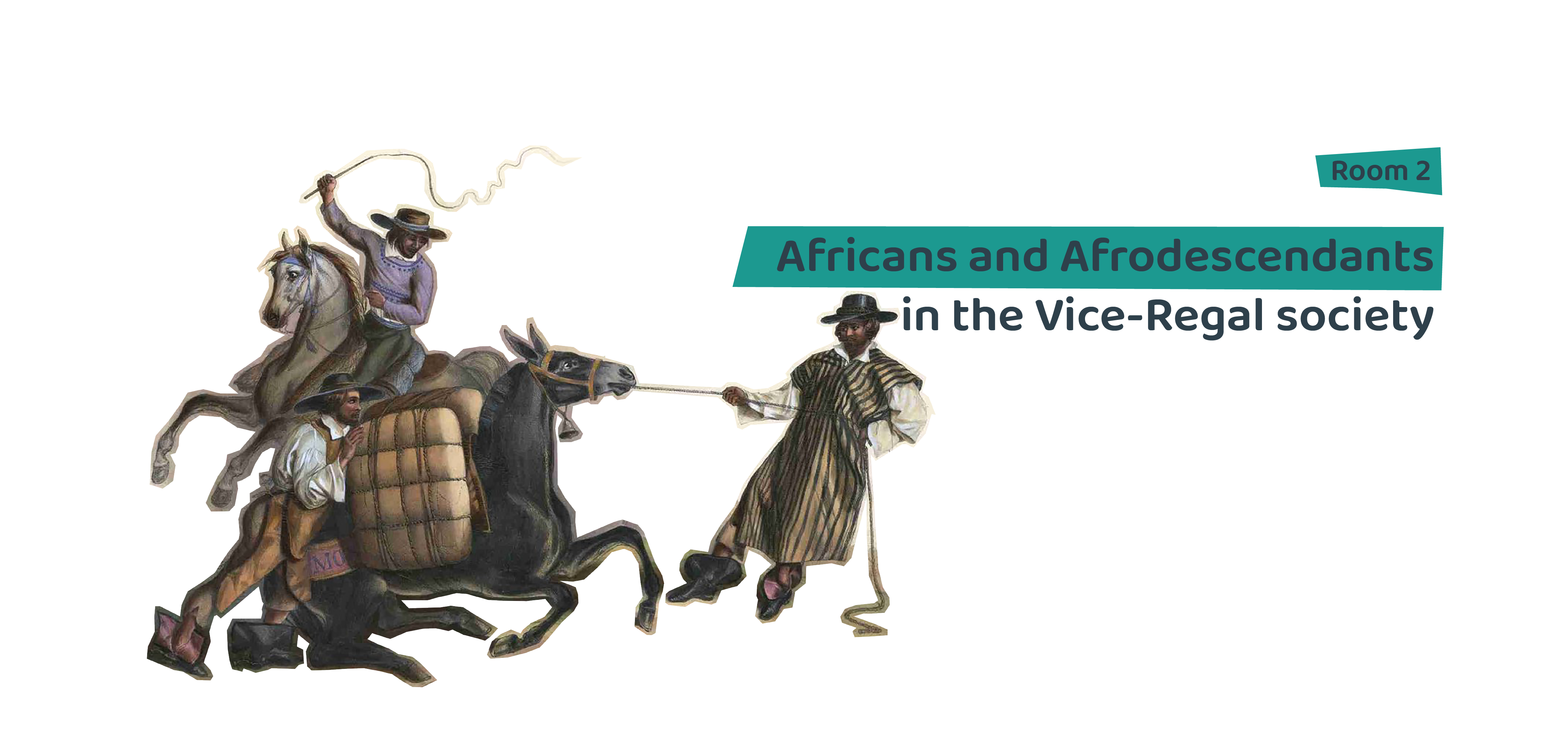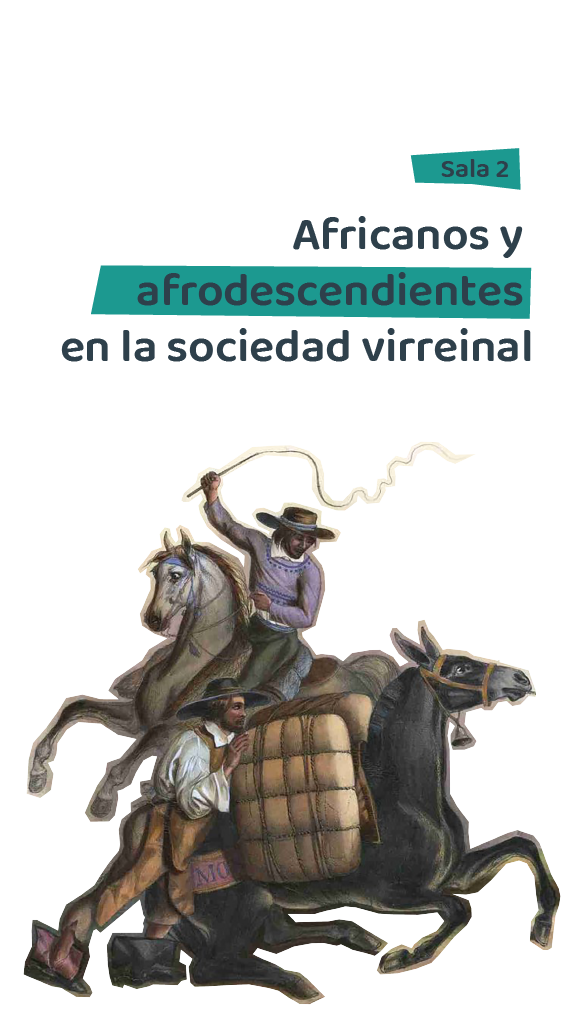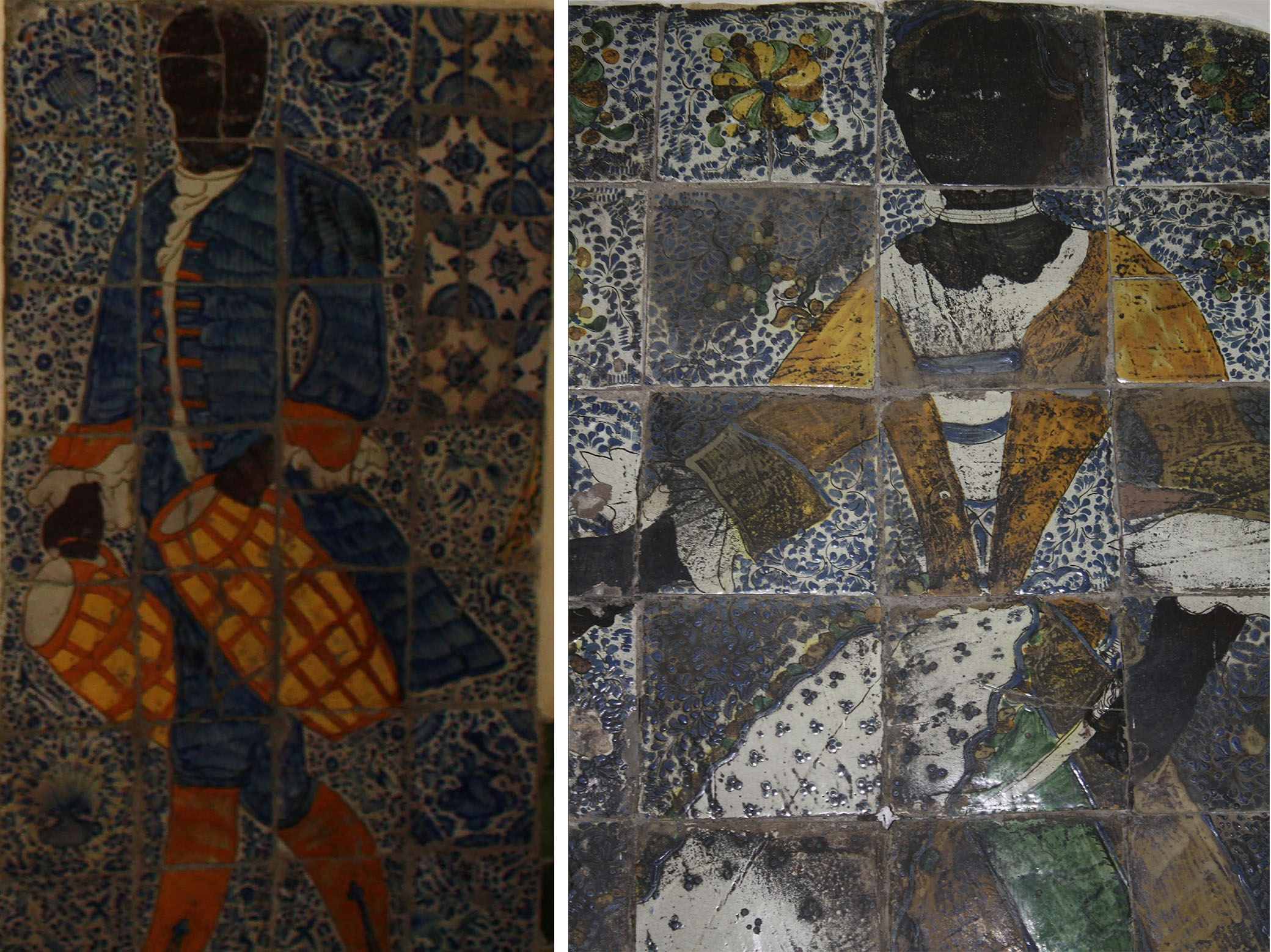



After the conquest of the native peoples, Indigenous people and Africans were enslaved. Nevertheless, starting 1543 and mostly because of the pressure exerted by the Dominicans, especially by Bartolomé de las Casas, the enslavement of indigenous peoples was prohibited unless it was through a “just war.” This meant any Indigenous person who would not submit to the Crown, the King of Spain and the Catholic Church. So, the Africans and their descendants were the ones that suffered most under this type of subjugation. Slavery had various characteristics across the long colonial period and the different territories that formed the New Spain. The experiences lived by a slave in a sugar hacienda or mill were unlike the ones lived by a cowboy from the coasts of Guerrero and Oaxaca, or a wet nurse in a private home. Slaved people were subordinated to the decisions of others, they had to obey their orders. However, they occasionally asserted their rights, examples of this are marriages and the “legal” fight for freedom. Some slaves were marked with a branding iron (calimbo) as a sign of property from the people who sold them. This inhumane practice was heavily criticized and prohibited in the 18th century. African slavery was a legal system established by most of the European nations. It lasted almost four centuries and uprooted 11 to 13 million persons from their original communities and transplanted them to America and the Caribbean.
| Year | Total | Europeans | Africans | Indigenous | Mestizo populations |
|---|---|---|---|---|---|
| 1570 | 338 0012 | 6 644 | 20 569 | 3 366 860 | 15 939 |
| 1646 | 1 712 615 | 13 780 | 35 089 | 1 269 607 | 394 139 |
| 1742 | 2 477 277 | 9 814 | 20 131 | 1 540 256 | 907 076 |
| 1793 | 3 799 561 | 7 904 | 6100 | 23 19741 | 1 465 816 |
| 1810 | 6 122 354 | 15 000 | 10 000 | 36 76281 | 2 421 073 |
Source: Data taken from Gonzalo Aguirre Beltran, (1946),La población negra en México, México, Fondo de Cultura Económica, 1972.
Demographic data revealed, mainly thanks to Gonzalo Aguirre Beltrán, prove the importance of the populations of African origins in Mexico and their formal or informal union with other groups, particularly the indigenous population.
Africans and Afrodescendants, known in the Vice-Royalty Period as negros, mulatos, pardos or zambos, represented a significant number of the population in the society at that time. Despite the steep demographic decline of their people, the Indigenous population was always the majority. They were followed by the mestizos, the outcome of the exchange and cohabitation between Indigenous people, Africans and Afrodescenants; the Spanish came last place in this period. According to the numbers of Gonzalo Aguirre Beltrán, a pioneer in the research regarding populations of African origin in Mexico, around the 17th century the Indigenous people represented 74.6% of the population in the New Spain, Africans and their descendants 2%, Spaniards and Europeans 0.8% and mixed groups the 22.6%. One must remember that mixed marriages were not prohibited in the New Spain and that many children were born from informal relationships; social prejudices notwithstanding,
Many economic activities were carried out by enslaved and free men of African origin. They were essential for the building of piers and other constructions at ports. They worked in mines, agricultural and livestock haciendas, manufacturing plants and commerce. Since they were under someone else’s control, they suffered abuse and harassment as well as inhumane working conditions at garment factories, mines, sugar plantations and sugar mills. Various Afrodescendants managed to obtain better living conditions. They worked in commerce and, mostly, as mule drivers. This activity was very important at the time in order to carry goods from different regions using packs of mules as transportation.

Digitals resources: Left image · Right image
House activities like washing, cooking, hauling water and taking care of children and the elderly were considered important; thus, they were recorded in images like in the tiles of a house at the historic center of Mexico City in the 18th century.
Several slaves worked in manufacturing plants, garment factories with extremely poor working conditions. Others, slave and free alike, joined various guilds and some reached the level of foreman or master. Work activities at private homes, hacienda houses, churches or hospitals were carried out by women of African origins. Cooks, laundresses, midwives or nursemaids (also known as wet nurses or chichigua), were required to breastfeed and raise the children of Spaniards, criollos and mestizos. They were also in charge of taking care of the sick and the elderly, that is why they were frequently held in high regard by their owners. Occasionally, they were granted their freedom and goods as reward for their work. Other women worked as traders, tavern owners, midwives, healers and community kitchens owners. In many occasions, the African and Afrodescendant women were accused of sorcery or blasphemy to the Spanish Inquisition, the accusations talked of the use of talismans, magic or herbs, and of rejecting the Saints or the Virgin.
